Time To Celebrate With Dessert And Dancing (Page Five)


Del is showing Donna, Jan, Kathy, Vicky, and Marianne the proper polka

Mary carefully watches the feet... Making sure the shoes stay on...
Did You Know? - Cupid is whose son? (Put the mouse on Cupid to find out!)

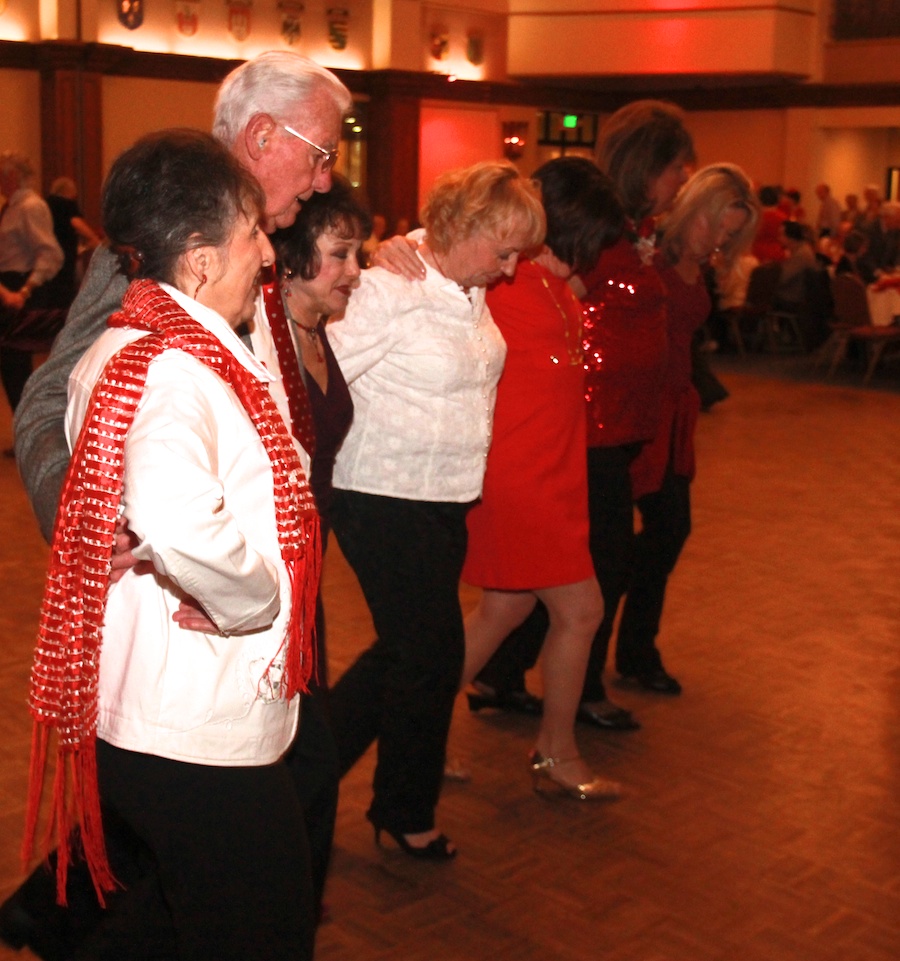
Irene joins in to put a little Greek flavor to the steps
It's Mixer Time

George is looking good and gliding the ladies around the floor
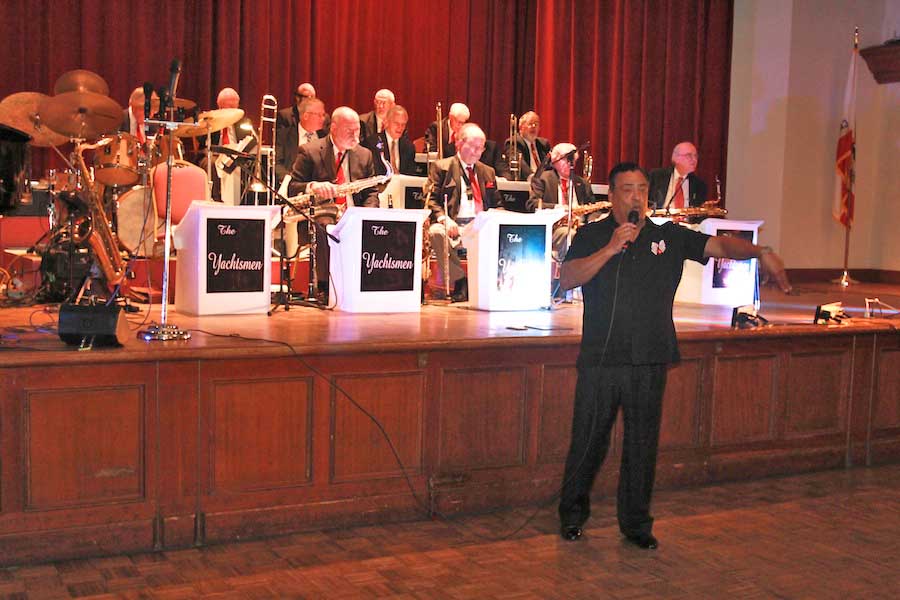
What does he do when not calling mixer dances???? He is a certified master BBQ judge!!!

Did you know that the term "Phoenix Club" is German for "Great Desserts?"

"It's OK... We saved room for the great Phoenix Club desserts!"


Patriotic also.... Red, White, and Blue
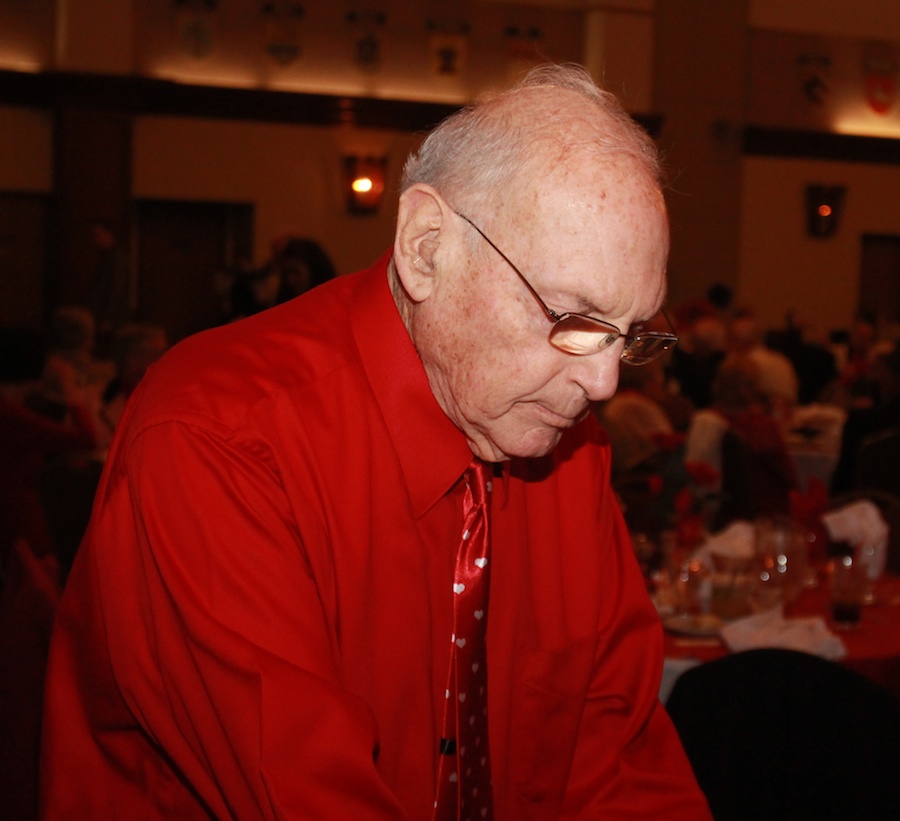
Herb thought he also had an original tie...
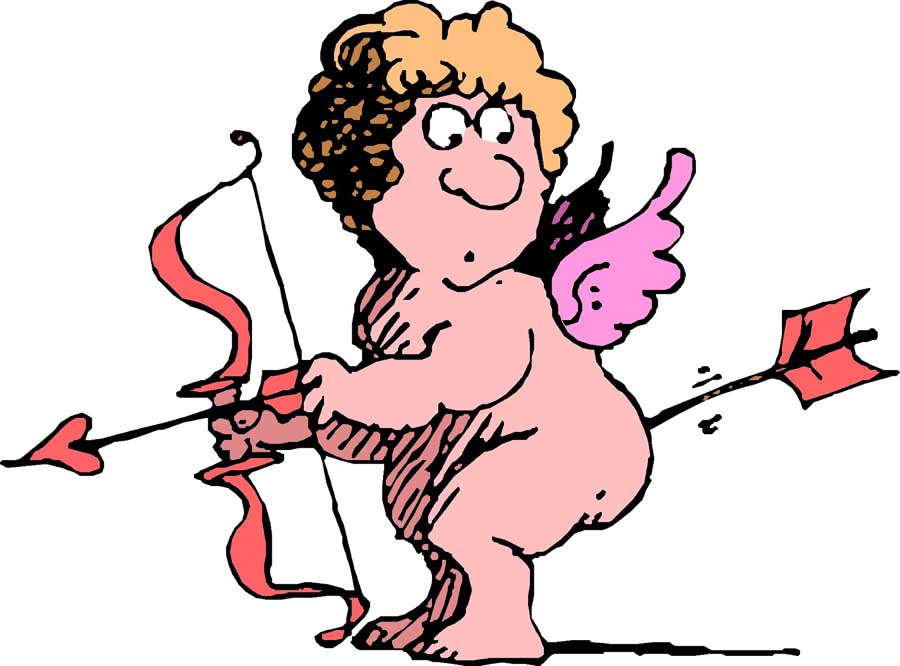

The line goes on for miles

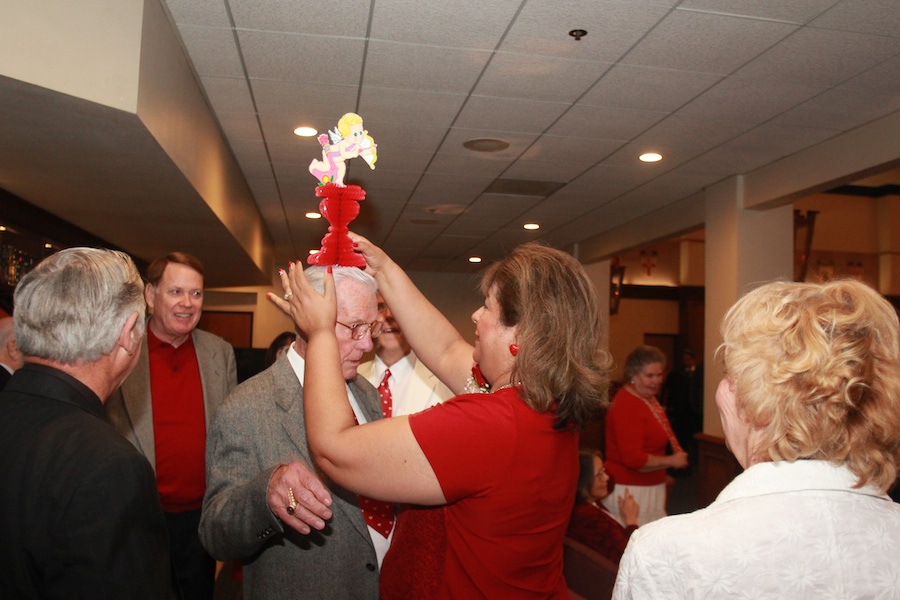
Del gets decorated
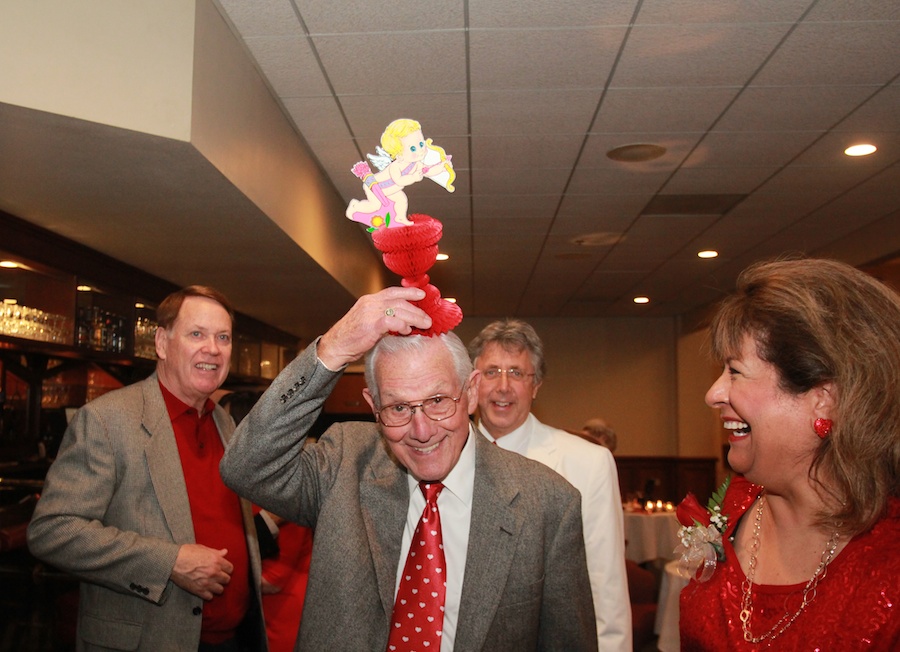
Excellent choice
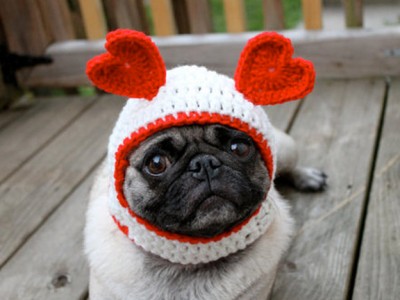
Ruby wants a hat also

The line is still going....
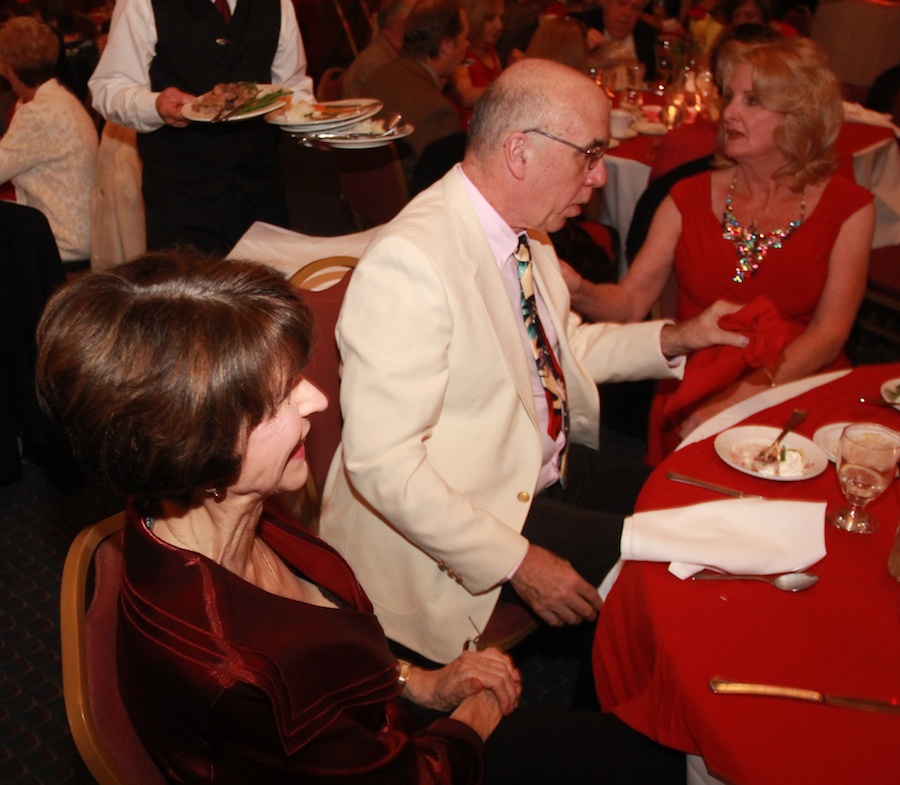
Ford is going back for fourth's
Did You Know? -
Valentine Celtic Wooden Spoons. The ancient Celtic tradition of giving hand carved wooden love spoons as Valentine's gifts began in Wales. Often, hearts, keys, and keyholes, symbolizing that the receiver unlocked the giver's heart, were carved as decoration on the spoon. Here are some samples of Celtic wooden spoons.
Valentine Love Messages. Elaborate handmade love messages, cards and gifts for Valentine's Day became popular during the 17th century.
Valentine Pagan Fertility Festival. The Romans introduced a pagan fertility festival in England that was held every February 14th. After the Romans left the country, Pop Gelsius, who established St. Valentine's Day as a celebration of love in 496 A.D, abolished the pagan festival.
Valentine Robins Overhead. It was believed that if a woman saw a robin flying overhead on Valentine's Day, it meant she would marry a sailor.

The dancers were the only people NOT in the dessert line

It was a great crowd this evening

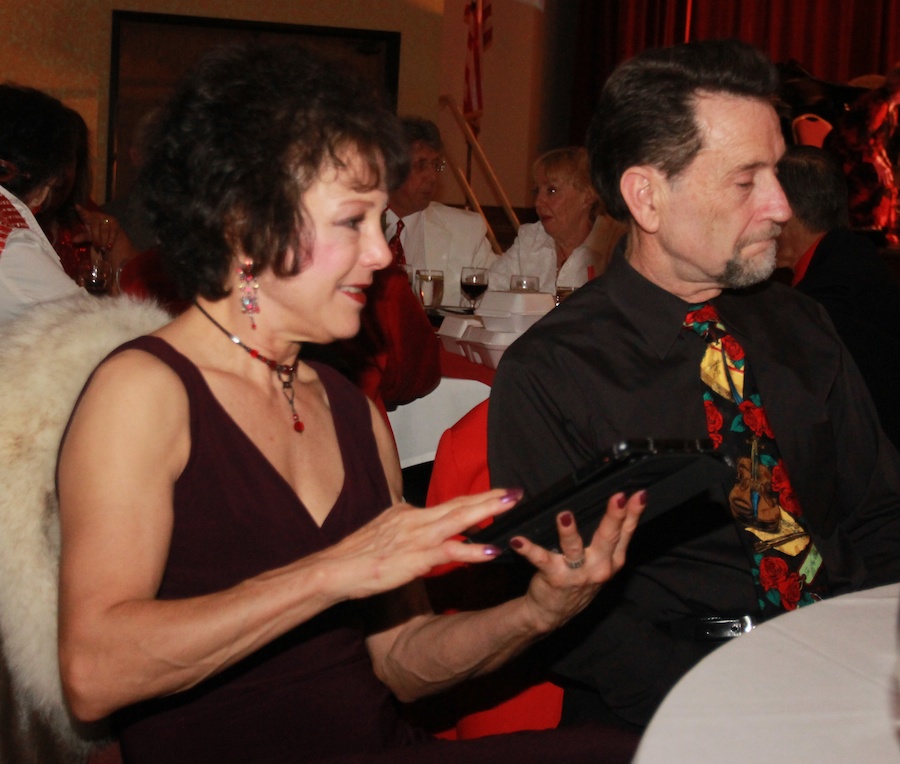
"How do I love thee? Let me count the ways!"

"So Donna... you have only gotten to two so far??"
Quotation To Remember: When love is not madness, it is not love. ~Pedro Calderon de la Barca
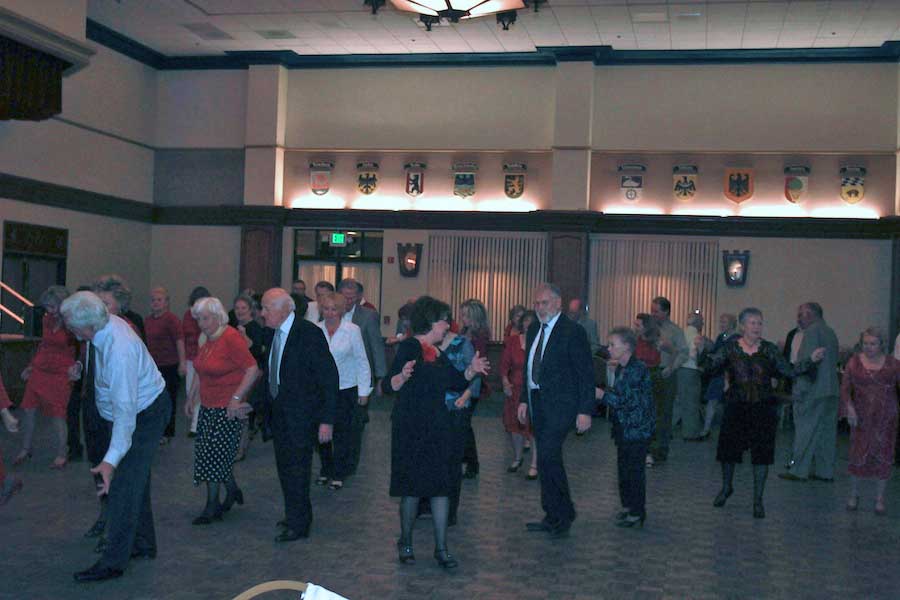
The line dancers are loose

Snap!

Del leads the pack....

Del also has an original Valentines Day tie

The entire floor is full of line dancers...
Quotation To Remember: I don't understand why Cupid was chosen to represent Valentine's Day. When I think about romance, the last thing on my mind is a short, chubby toddler coming at me with a weapon. ~Author Unknown

The great music floats over the dance floor

Elvira???

John McNamara puts a bit of an Irish twist to his steps...

Go Gail Go!!!
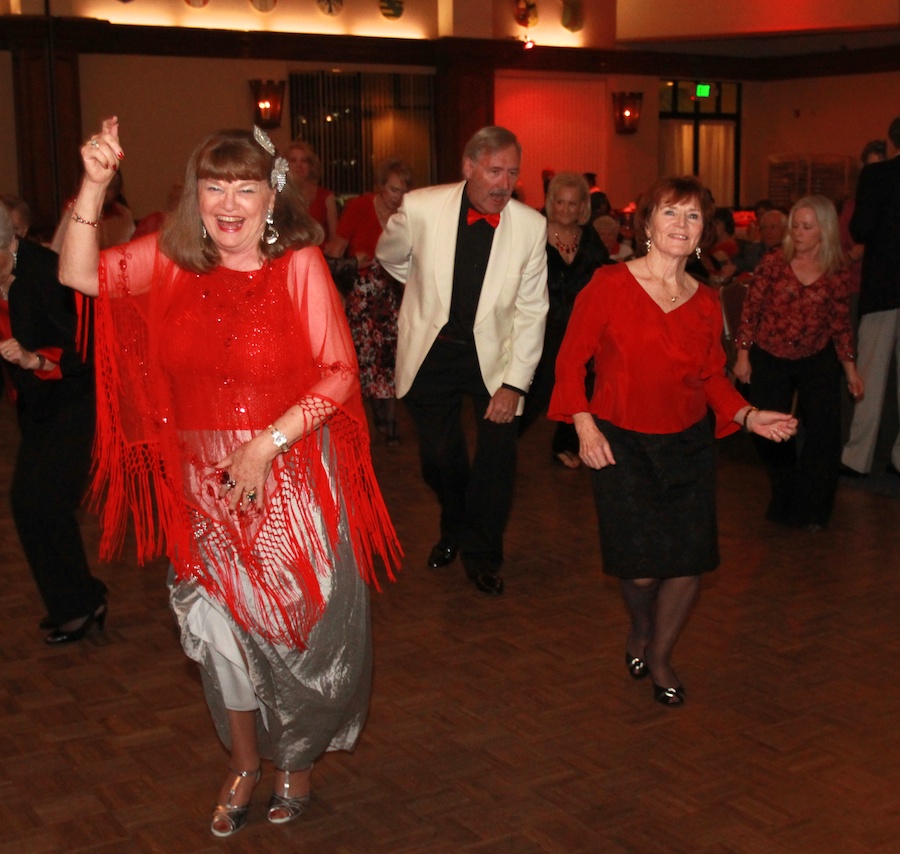
"Yahoo!!!"
Did You Know? - In classical mythology, Cupid (Latin Cupido, meaning "desire") is the god of desire, erotic love, and affection. He is often portrayed as the son of the love goddess Venus, and is known in Latin also as Amor ("Love"). His Greek counterpart is Eros.
Although Eros appears in Classical Greek art as a slender winged youth, during the Hellenistic period he was increasingly portrayed as a chubby boy. During this time, his iconography acquired the bow and arrow that represent his source of power: a person, or even a deity, who is shot by Cupid's arrow is filled with uncontrollable desire. In myths, Cupid is a minor character who serves mostly to set the plot in motion. He is a main character only in the tale of Cupid and Psyche, when wounded by his own weapons he experiences the ordeal of love. Although other stories are not told about him, his tradition is rich in poetic themes and visual scenarios, such as "Love conquers all" and the retaliatory punishment In classical mythology, Cupid (Latin Cupido, meaning "desire") is the god of desire, erotic love, and affection. He is often portrayed as the son of the love goddess Venus, and is known in Latin also as Amor ("Love"). His Greek counterpart is Eros.
Although Eros appears in Classical Greek art as a slender winged youth, during the Hellenistic period he was increasingly portrayed as a chubby boy. During this time, his iconography acquired the bow and arrow that represent his source of power: a person, or even a deity, who is shot by Cupid's arrow is filled with uncontrollable desire. In myths, Cupid is a minor character who serves mostly to set the plot in motion. He is a main character only in the tale of Cupid and Psyche, when wounded by his own weapons he experiences the ordeal of love. Although other stories are not told about him, his tradition is rich in poetic themes and visual scenarios, such as "Love conquers all" and the retaliatory punishment or torture of Cupid.

"Hang on... I will catch you!!"

Donnis and Bernie

Tearing up the dance floor
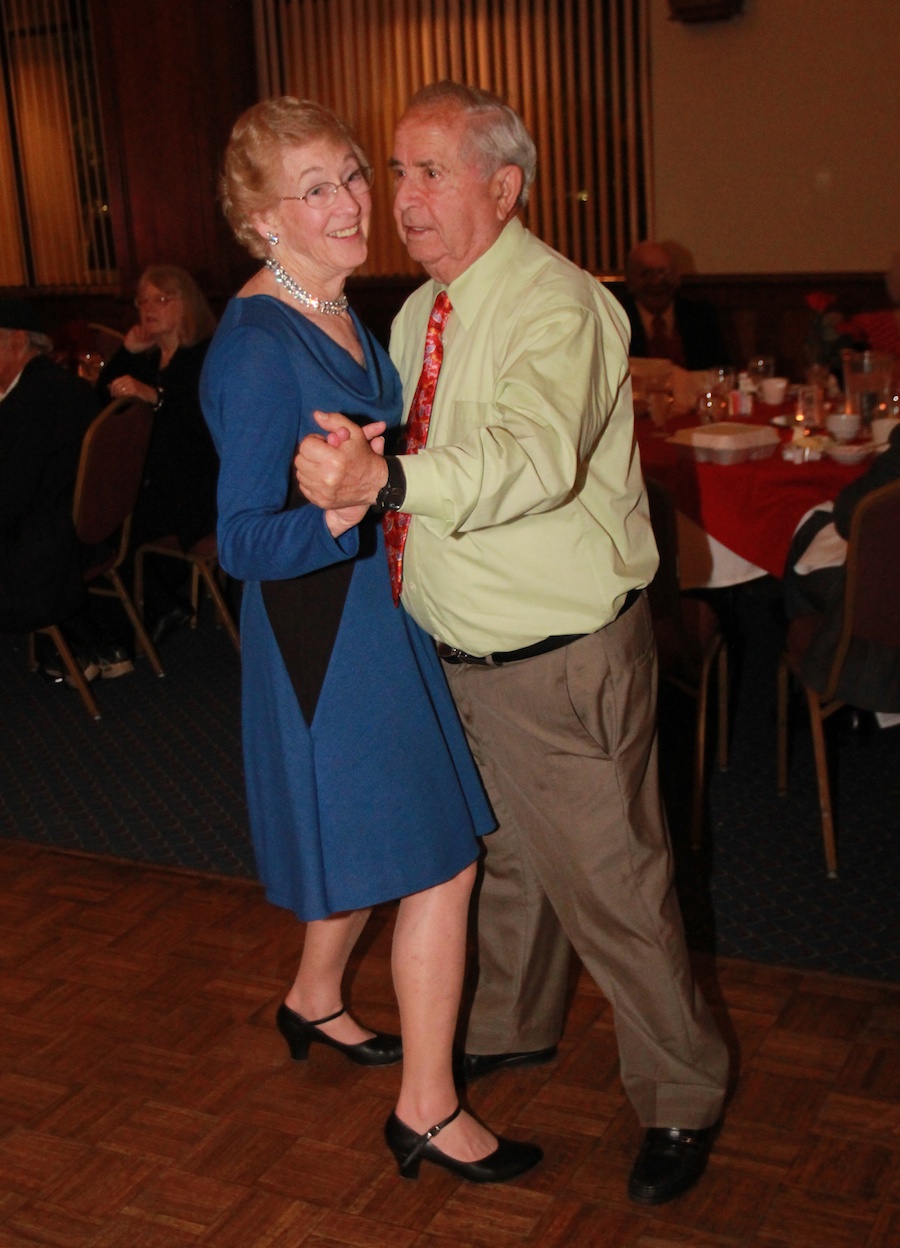
Yes... That is Bernie with a tie!
